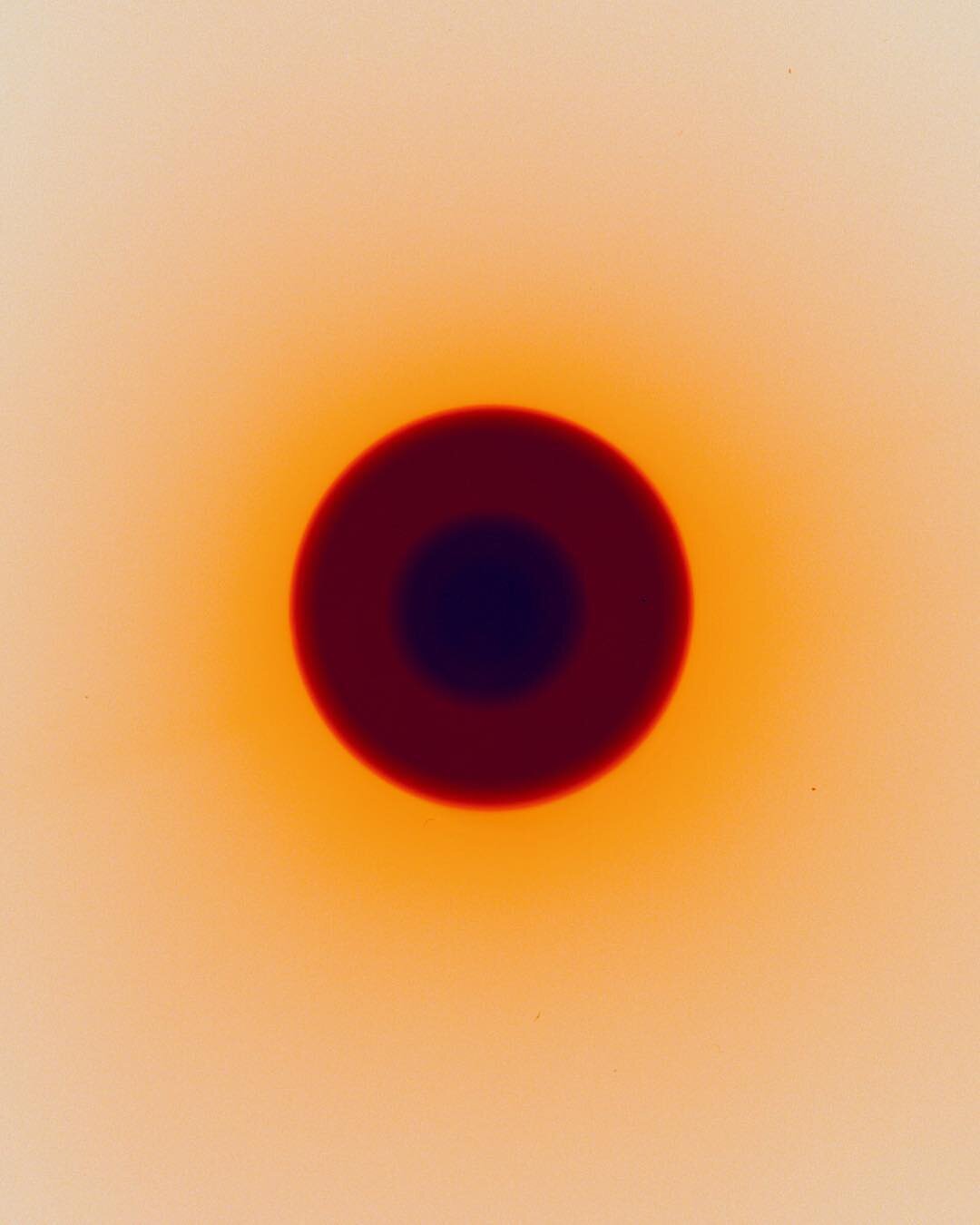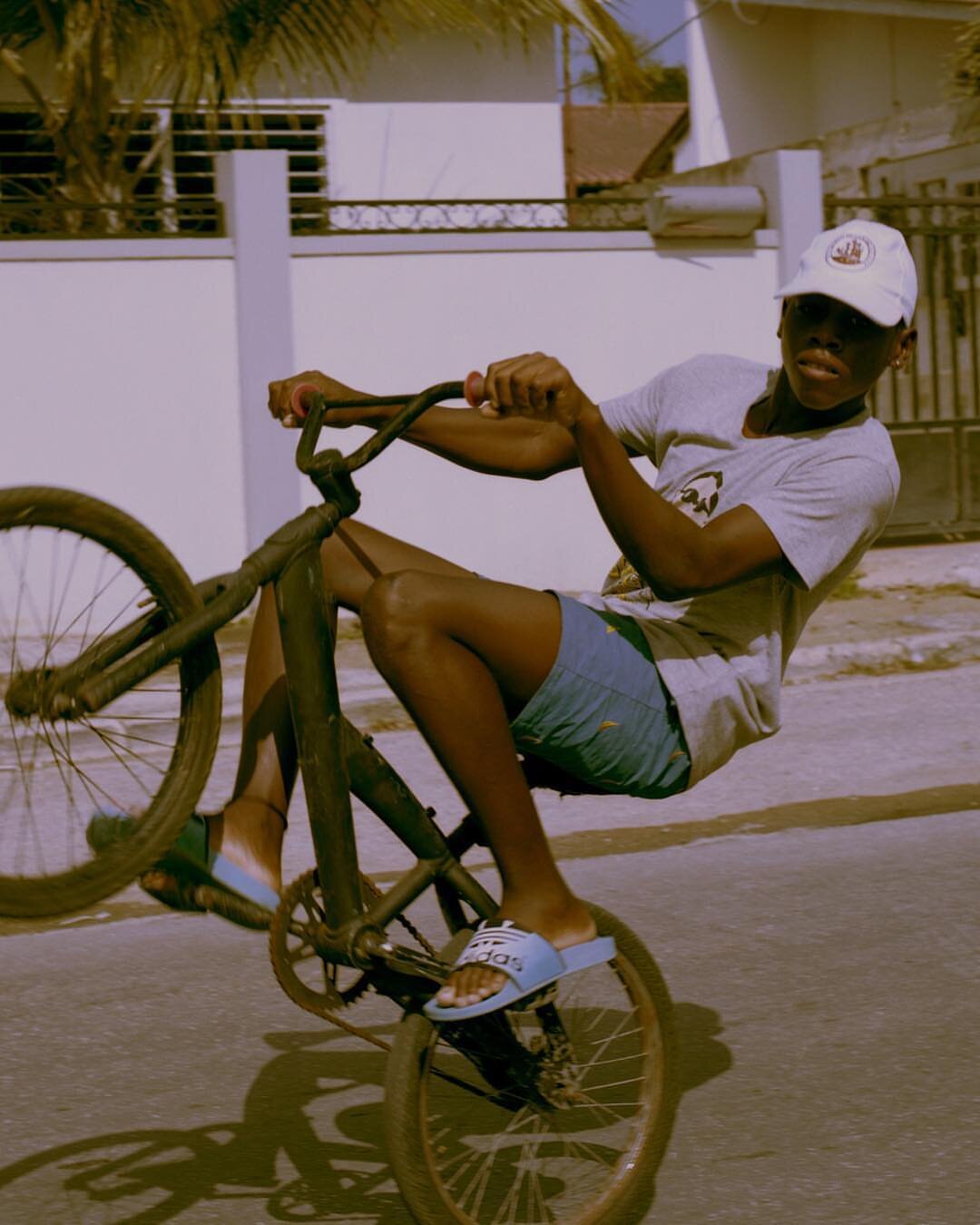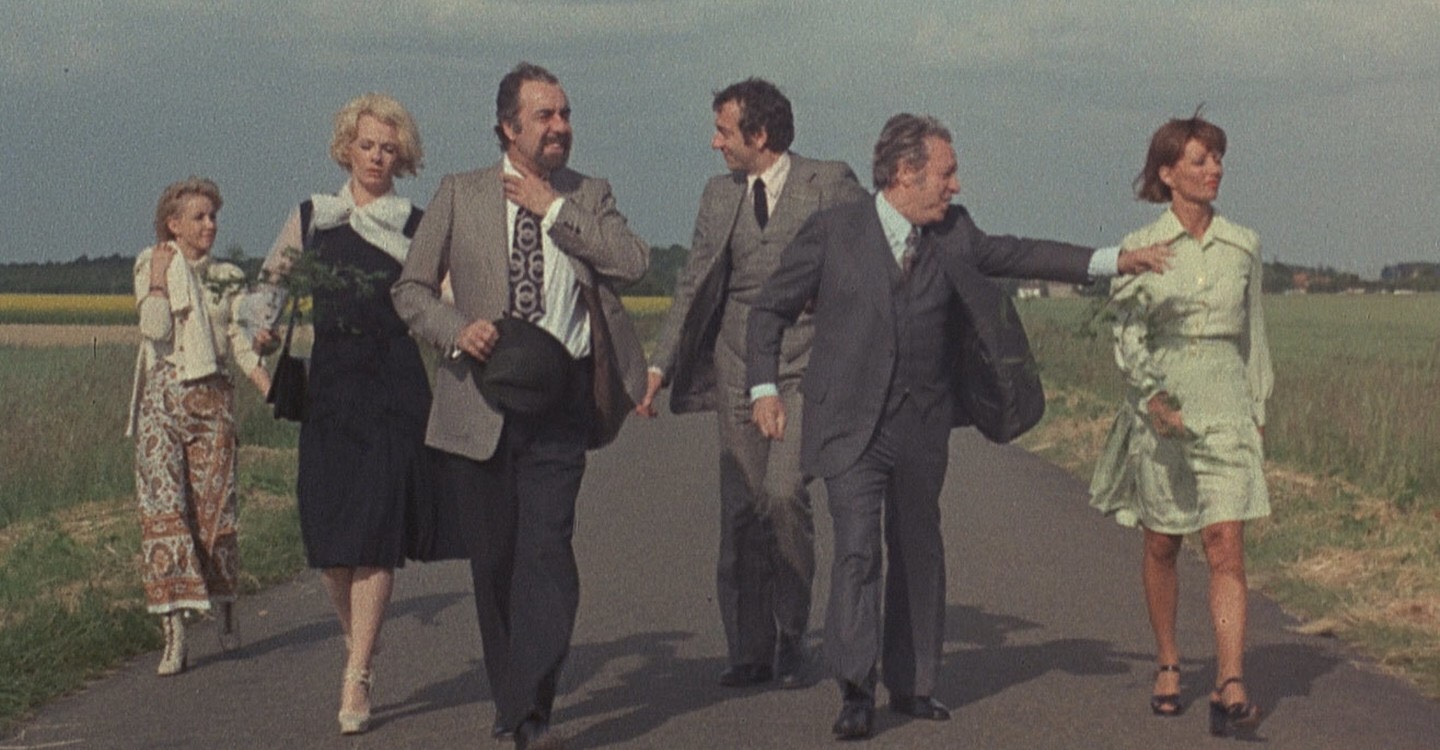Gilleam Trapenberg
“If I have the chance to do a shoot in the Caribbean instead of Europe, I’d choose that without hesitation. I want all my work to be connected,” says Gilleam Trapenberg, who finds solace in devoting his creative process to exploring his heritage in Curaçao. He works on producing photographs that represent the developments and consequential adaptations in lifestyle the locals experience, as they endeavour to find an equilibrium between tradition and modernity.
Describe yourself in 3 words
Pragmatic, Honest, Private.
What was is like to grow up in Curaçao and how has it influenced your style?
I’ve never thought of my work as having a specific style, but rather having clear themes that are relevant throughout all of my work. My work is strongly connected to Curaçao as the current themes in my work are those that have been critical to me since I was a young boy growing up in Curaçao. Being born and raised there has mostly influenced my work in the sense that the internet was my only frame of reference when it came to photography.
Many photographs you’ve taken have been in Curaçao. Is the creative process different when photographing somewhere you’re strongly personally connected to?
Definitely. I try to translate something personal into everything I do. If I have the chance to do a shoot in the Caribbean instead of Europe I’d choose that without hesitation. I want all my work to be connected.
How do you choose the subjects for your photos? And do you often know them personally, or do you use your photography as a way of connecting with new people?
My work is often closely related to street photography in the sense that 90% of the people in my work are people I meet on the street. Sometimes they are on their way to work, sometimes they are on their way home. I prefer to photograph people I haven’t photographed before as opposed to photographing a family member or friend. While I photograph people it has never been about collecting portraits, I’m much more interested in photographing a place and the people there.
The subjects of your photos are always captured in their natural environment. How different do you think your photographs would be/how differently would your subjects behave if they were shot in a studio setting?
As previously mentioned, my interest doesn’t lie in collecting portraits of people. While working on my graduation project I quickly realised that my work is as much about the environment my subjects live in as it is about themselves.
You’ve spoken about how you like to explore ‘macho’ masculinity whilst often romanticising the subjects and the landscapes you photograph. Romance and hyper-masculinity can be a difficult mix – how do you connect the two?
I agree, it’s a difficult mix. However, it is important to note that romance isn’t a theme within my work. My subjects are often romanticised because homesickness plays a critical role in my work. Even though I often portray couples in my work, the focus is not on the romance between them.
Your work has captured commercialism present in the Caribbean. Do you see it as an infiltration or an important part of the cultural fabric?
It is a paradox. The tourism industry is the lifeblood of many islands, but to what expense? My work investigates the conflict between locals and tourists and how the islands deal with finding a balance. It is definitely an infiltration when beaches are privatised and a hotel or casino is built on every empty piece of land.
Congratulations on recently receiving the Mondriaan Fund stipendium for Emerging Artists. What are you planning to work on next?
I’m flying to St. Martin this Sunday to continue working on a project that I started this year. Besides that, I hope to finish another project that once started out as a simple portrait in ‘Big Papi’. I hope to be able to share more soon.
courtesy GILLEAM TRAPENBERG
interview MILLIE FOSTER PRICE
What to read next
















